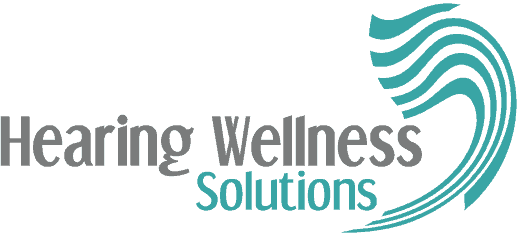Hearing aids are essential devices for people with hearing loss. These devices are the most common way that hearing loss is treated. Impacting over 48 million people, hearing loss is a pervasive health condition. Though nearly 1 in 8 people have some degree of hearing loss, only 20% of people receive treatment. This highlights that there are millions of people that could benefit from wearing hearing aids that currently do not. Contributing to this is the myths that people tend to have about hearing aids which can deter them from seeking hearing loss treatment. This includes the following:
Myth: only older adults wear hearing aids.
A common misconception about hearing loss is that it only impacts older adults. While older adults are disproportionately impacted by hearing loss, aging is not the only cause of impaired hearing. There are other causes that impact people of all ages, including: loud noise exposure, head injuries, inner ear disorders, ear infections and more. In fact:
- 40 million people, ages 20-69 have hearing loss.
- 3 of every 1,000 children in the U.S. are born with detectable hearing loss in one or both ears.
- 15% of children and young teens, ages 6-19, have some degree of hearing loss.
- Nearly 20% of teenagers have a detectable hearing loss.
This data reveals that people of all ages can and do benefit from hearing aids which are designed to be worn by any age group.
Myth: all hearing aids are the same.
There is significant variation when it comes to hearing aids. There are different types, or styles, of hearing aids which refers to how the device is worn. This includes options that are worn behind the ear (BTE devices) and hearing aids that are worn in the ear (ITE). Within these styles, there are numerous options that vary when it comes to size. For example, there are ITE hearing aids that are worn fully in the ear canal or in the bowl portion of the ear. In addition to different styles, there are various color options which allow people to meet their aesthetic preferences. Your hearing healthcare provider will use various factors to recommend devices that may be optimal for you. This includes the specifics of your hearing loss – type, degree of impairment – as well as lifestyle factors that inform the types of environments you regularly navigate.
Myth: hearing aids are outdated devices.
When you picture hearing aids, do you imagine a bulky and outdated device? This is a common misconception about hearing aids which often cause people to not want to wear them. But it is important to know that hearing aids, just like most electronic devices that we use today, have benefited tremendously from advancements in technology. Today’s devices are more innovative than ever before. They offer award winning designs that are sleek and easily integrate into everyday life. There are also a number of savvy technologies and features that utilize cutting edge technologies. This includes digital noise reduction, wireless connectivity, tinnitus management, voice recognition etc. These features deliver sharp sound quality, connectivity, and personalized listening experiences. In addition to these technologies, there is a range of hearing aid accessories that also support overall user experience. This includes apps where you can manage your hearing aid settings, voice assistants, personal microphones and much more.
Myth: hearing aids are too expensive.
Hearing aids range in price. Price points are determined by the type and model of hearing aid as well as the technologies they offer. This means that there are price points that may be more accessible for you. It is useful to develop a budget and your hearing healthcare provider can recommend options within your budget. They may also be able to direct you to any financial support options!
Myth: hearing aids are meant for severe hearing loss.
People often wait until their hearing loss is noticeable and more severe to seek treatment. But it is important to know that the earlier you intervene, the better it is for your hearing health. There are hearing aids that treat all degrees of hearing loss – from the most mild, to profound levels of impairment.
Hearing aids can transform hearing health, allowing you to fully engage in and participate in everyday life. Contact us today to learn more about hearing aids and to schedule an appointment for a hearing consultation!


